A building dating back in the 14th-15th centuries, located in the central medieval Citadel of Sighisoara, in the immediate vicinity of the Clock Tower, is the house where the son of Mircea cel Batran/Mircea the Elder, Vlad Tepes, nicknamed Dracul, would have lived between 1431-1435, before becoming the ruler of Wallachia (between the years 1436-1442 and 1443-1447), told Agerpres.
Vlad Tepes is supposed to have been born in this house, in 1431, also known as Vlad Draculea, ruled Wallachia in 1448, 1456-1462 and 1476, when he was assassinated.
Before his reign, Vlad Dracul was a vassal of the king of Hungary, being a border commander with the responsibility of protecting trade and trade routes between Romania and Transylvania. From the data found in the Arms Museum in Sighisoara, where there is a special corner dedicated to the family of Vlad Dracul, we learn that he settled in this fortress in the period 1431-1435.
In Sighisoara, Vlad Dracul established a mint where he minted ducats that circulated in Transylvania and then in Wallachia, with an eagle with outstretched wings, head turned to the right, on the obverse, and a winged dragon with a tail of a serpent, with wings and right paw raised, the left paw having four claws, on the reverse.
"In the Middle Ages, Sighisoara was an important city from an economic and demographic point of view and this is also proven by the fact that Vlad Dracul, the son of Mircea the Elder and father of Vlad Tepes, moved his mint. And practically in Sighisoara, in the period between 1431 and 1435, a coin was minted under the effigy of Vlad Dracul. This shows that Sighisoara is an important city from an economic point of view, but also politically, because it was a competition quite large at that time with the surrounding cities. At that time, Sighisoara enjoyed a privilege of great importance, which is also proven by the fact that, with a few decades before, the first craft guilds in Sibiu, Sighisoara, Orastie, Sebes and Brasov were attested, which proves once again the important economic, political and commercial role that Sighisoara had at that time. Tourists can learn the story of the guilds in the Clock Tower, and the story of Vlad the Impaler's mint at the Museum of Arms, where we have the permanent exhibition dedicated to Vlad Dracul," declared for AGERPRES, the director of the Museum of History in Sighisoara, Nicolae Tescula.
From the Sighisoara museum we also learn that Vlad II was received in the Order of the Dragon in Nuremberg, in 1431, by Sigismund of Luxemburg, but that, in 1436, his name was deleted from the list of knights of this order. And this because, in 1432, he would have violated the statute by supporting the Turks in several sieges against the Christians.
We also learn that the son of Vlad Dracul, Vlad III, received the nickname of Tepes following the frequent executions by impaling.
Also here we find a genealogical tree of the family, from which we learn that Vlad Dracul had four sons, who occupied, in certain periods, the throne of Wallachia: the eldest son was Mircea II (1422-1446), former ruler of Wallachia in 1422 and associate in the reign between 1446 - 1447, died at only 24 years old, following torture; Vlad IV the Monk (1425-1495) was half-brother to Vlad Tepes and ruled Wallachia in 1481 and between 1482 and 1495; Vlad Tepes (1431 - 1476), born in Sighisoara, was ruler of Romania in 1448, 1456-1462 and 1476, when he died beheaded; the youngest of the brothers, Radu cel Frumos/Radu III the Handsome (born in 1437 or 1439, died in 1475) was ruler of Romania four times (1462-1473, 1473-1474, 1474, 1474-1475).
Among the proofs of Vlad Dracul's stay in the house in the Medieval Citadel, there is a fresco from the building in which he supposedly lived, called "Painting with a turban", and two letters, the first from the end of 1431, in which he asked the people of Brasov for support to occupy the throne of Wallachia, in which he mentioned that "(...) the people of Sighisoara are also coming with me".
In the second letter, dated around the year 1436, he stated that: "(...) that's why the peasants from Sighisoara understood that I want to move the mint away from you".
Some sources claim that Vlad Dracul would have been in Fagaras in that period and that Vlad Tepes would also have been born there, but it is certain that he minted silver ducats in Sighisoara with the voivode's insignia - the page with a cross, on the obverse, and the dragon, on the reverse.

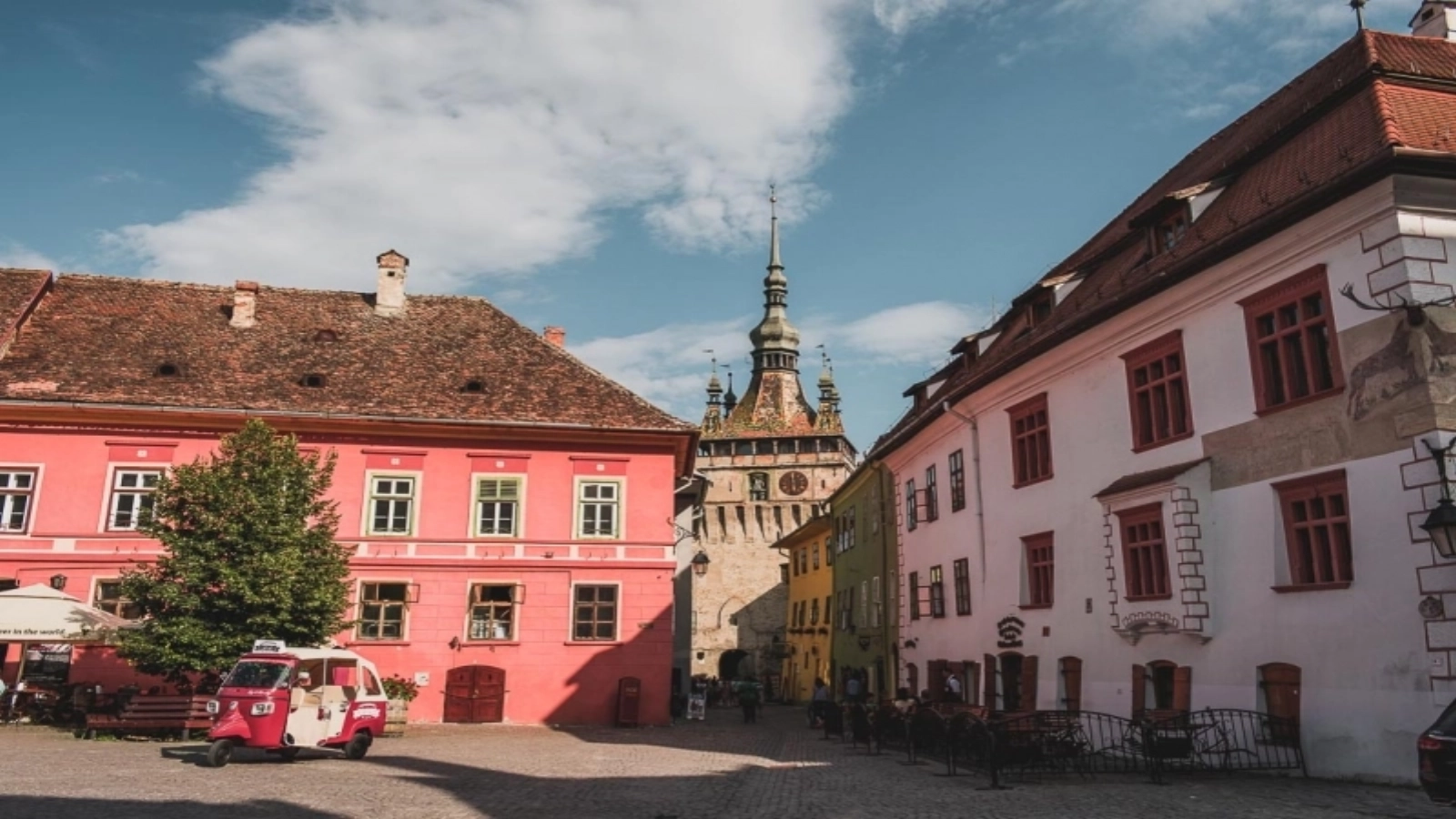








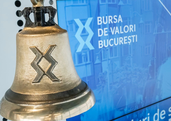

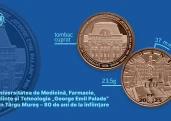







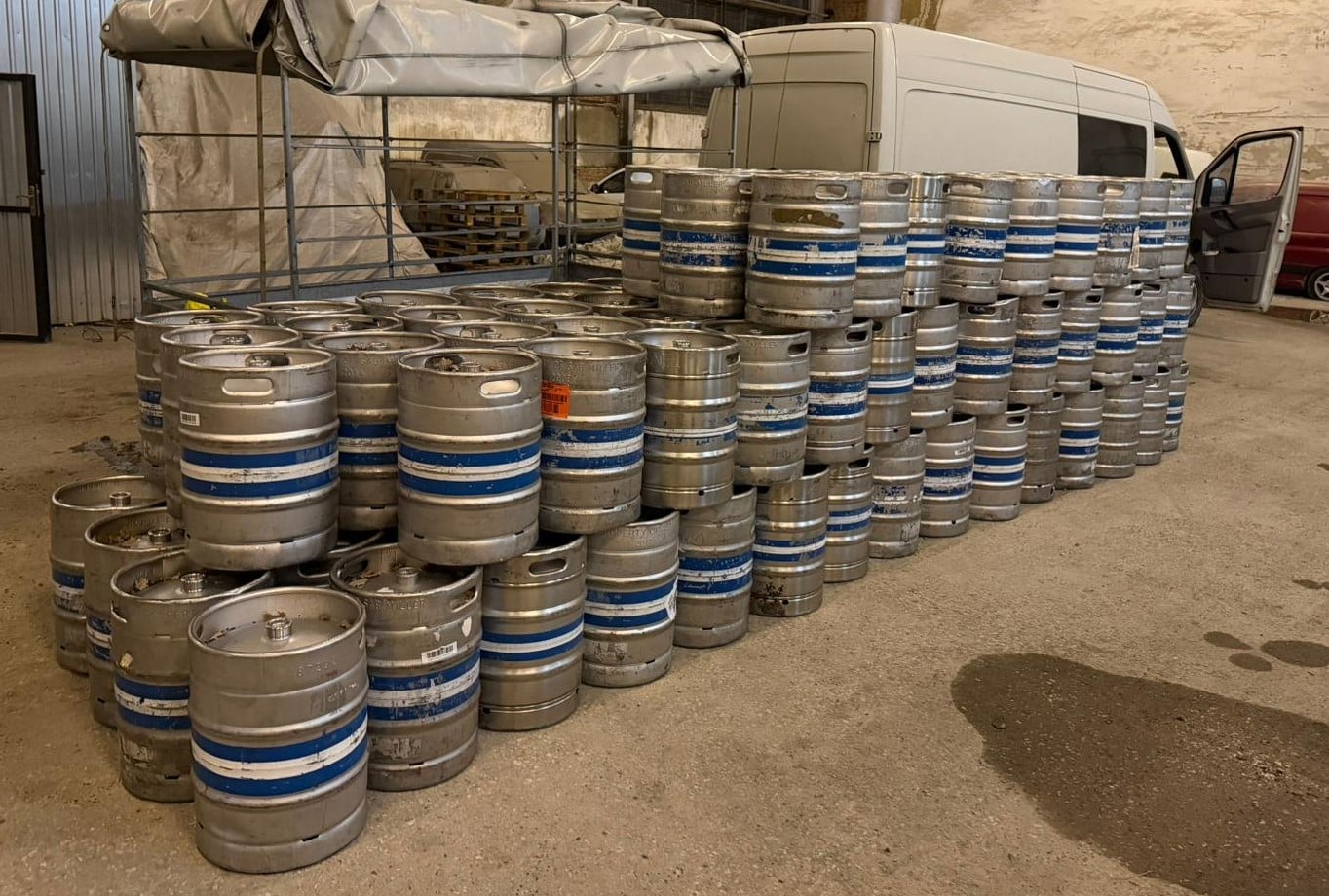

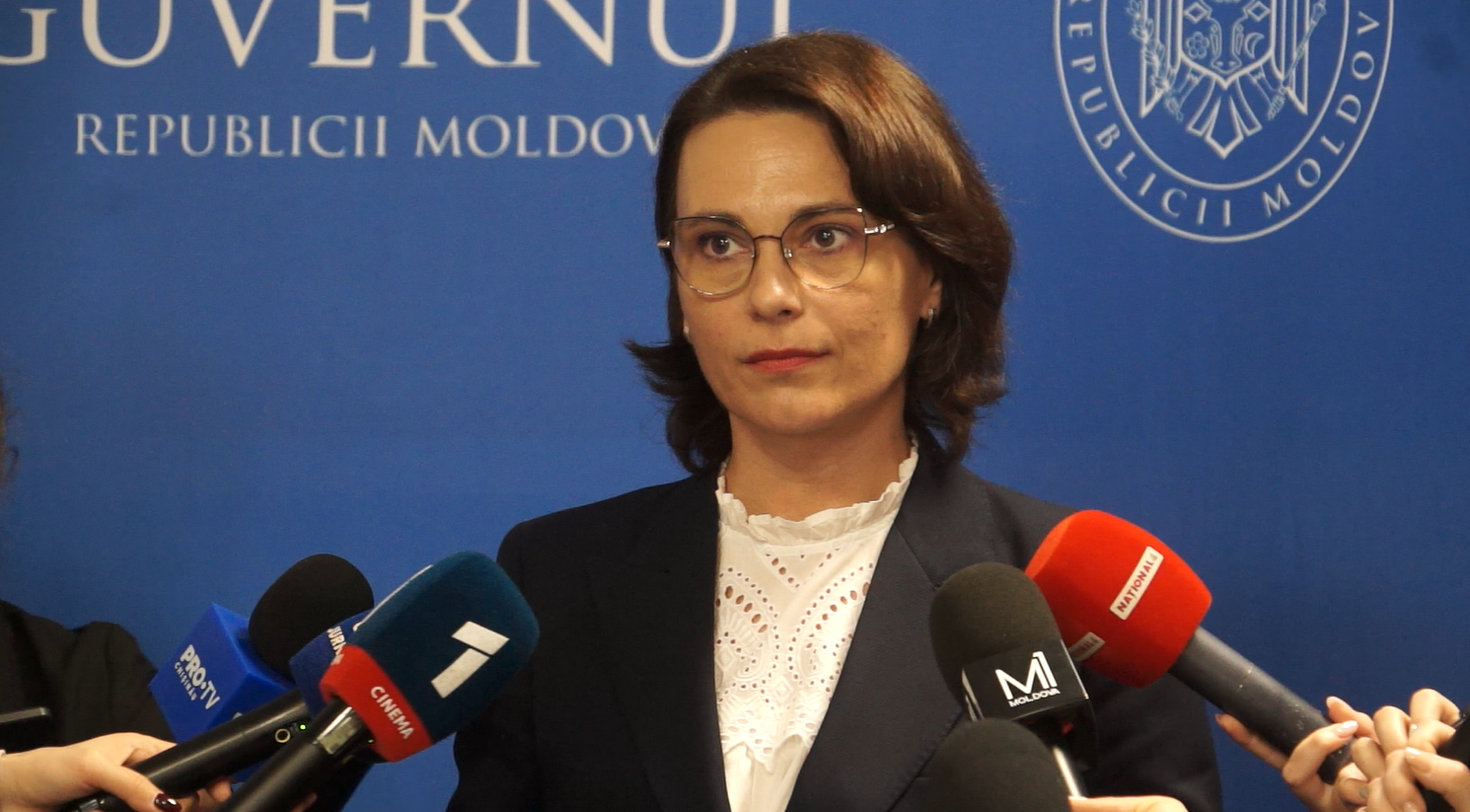









Comentează